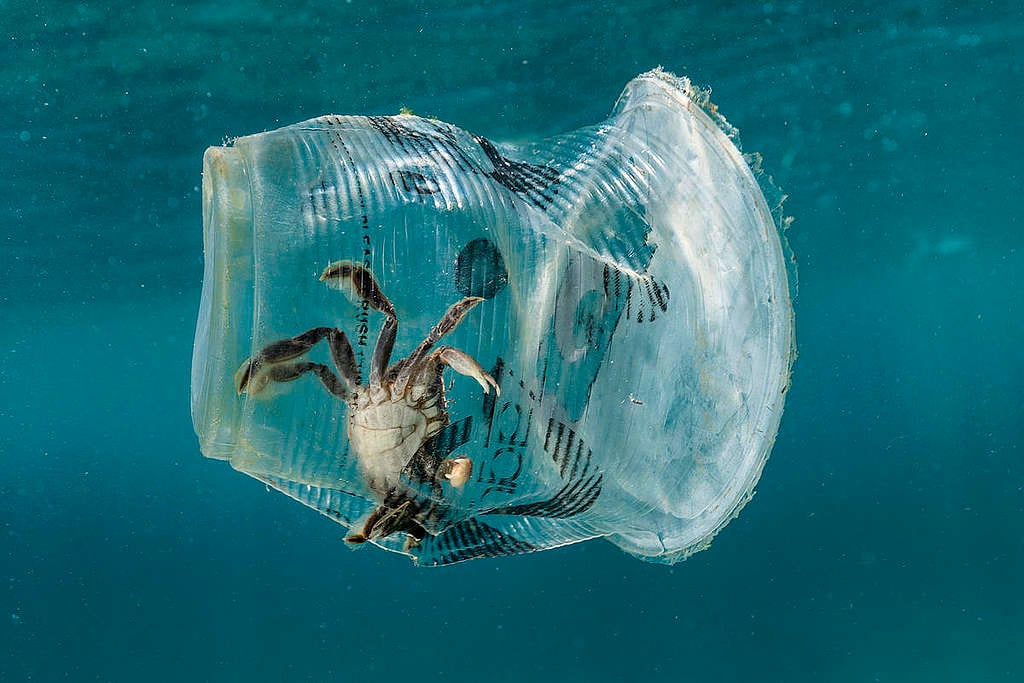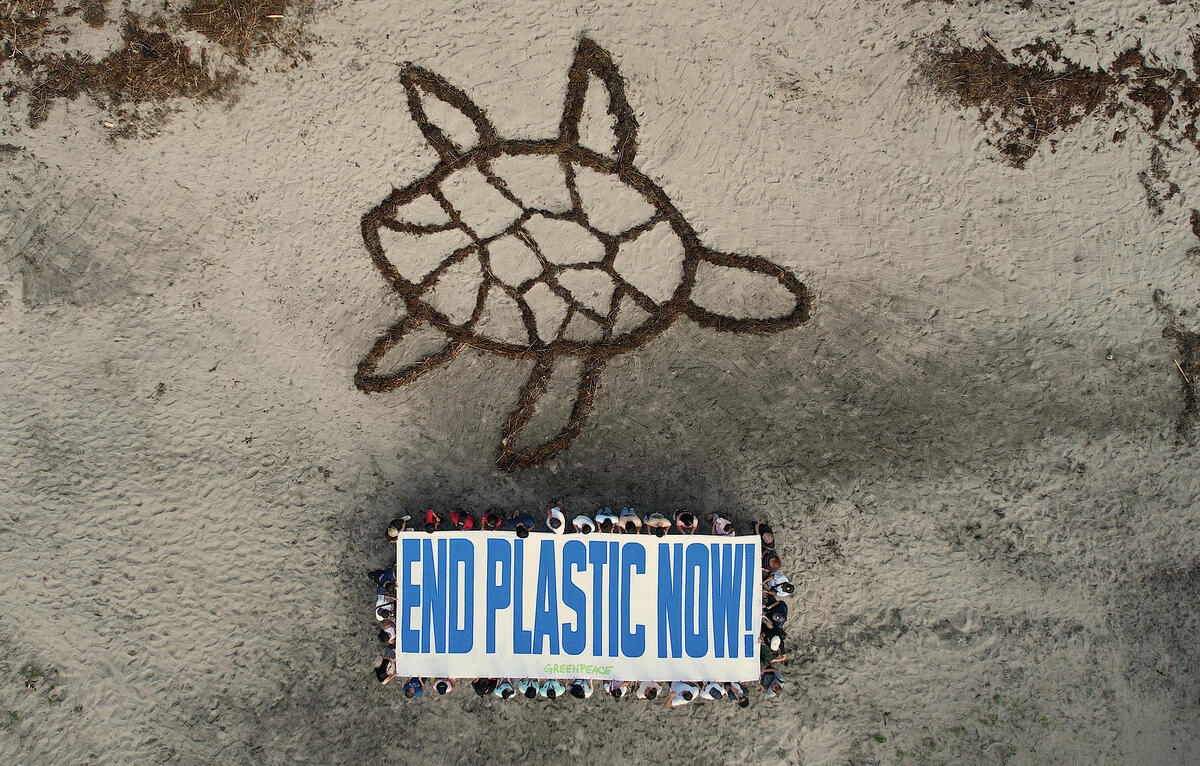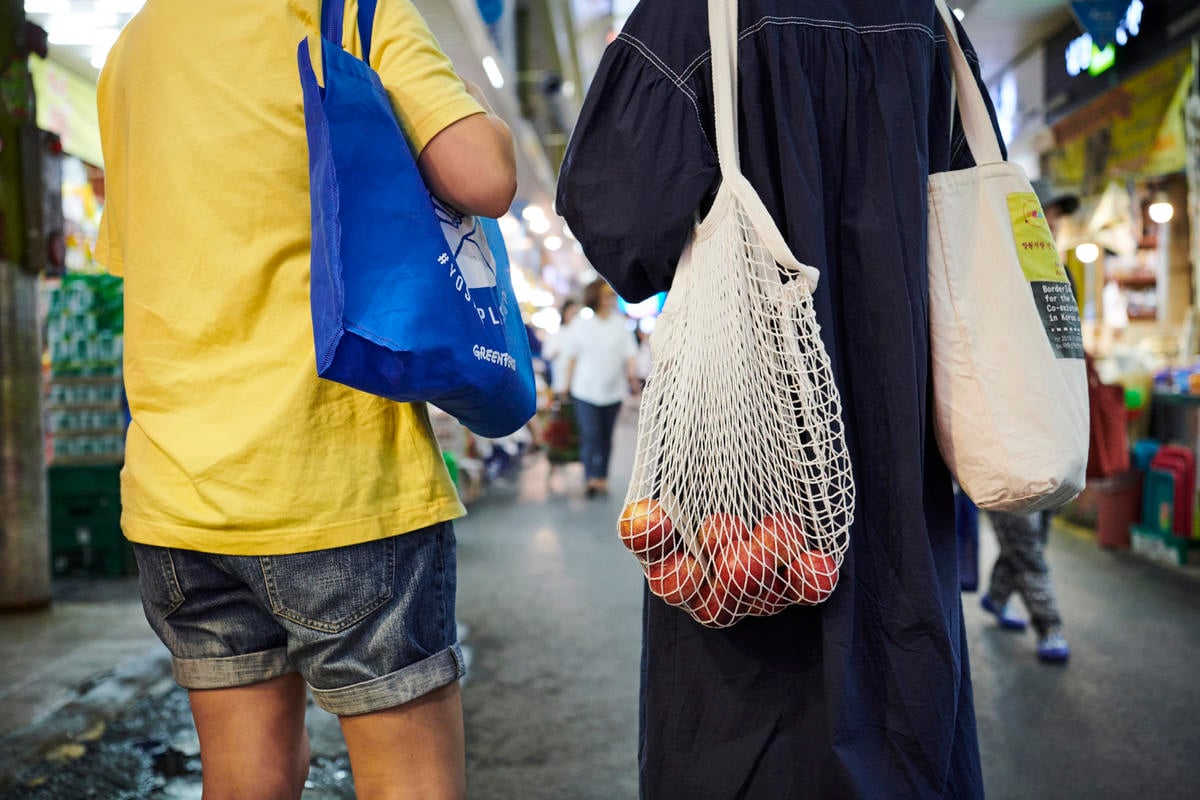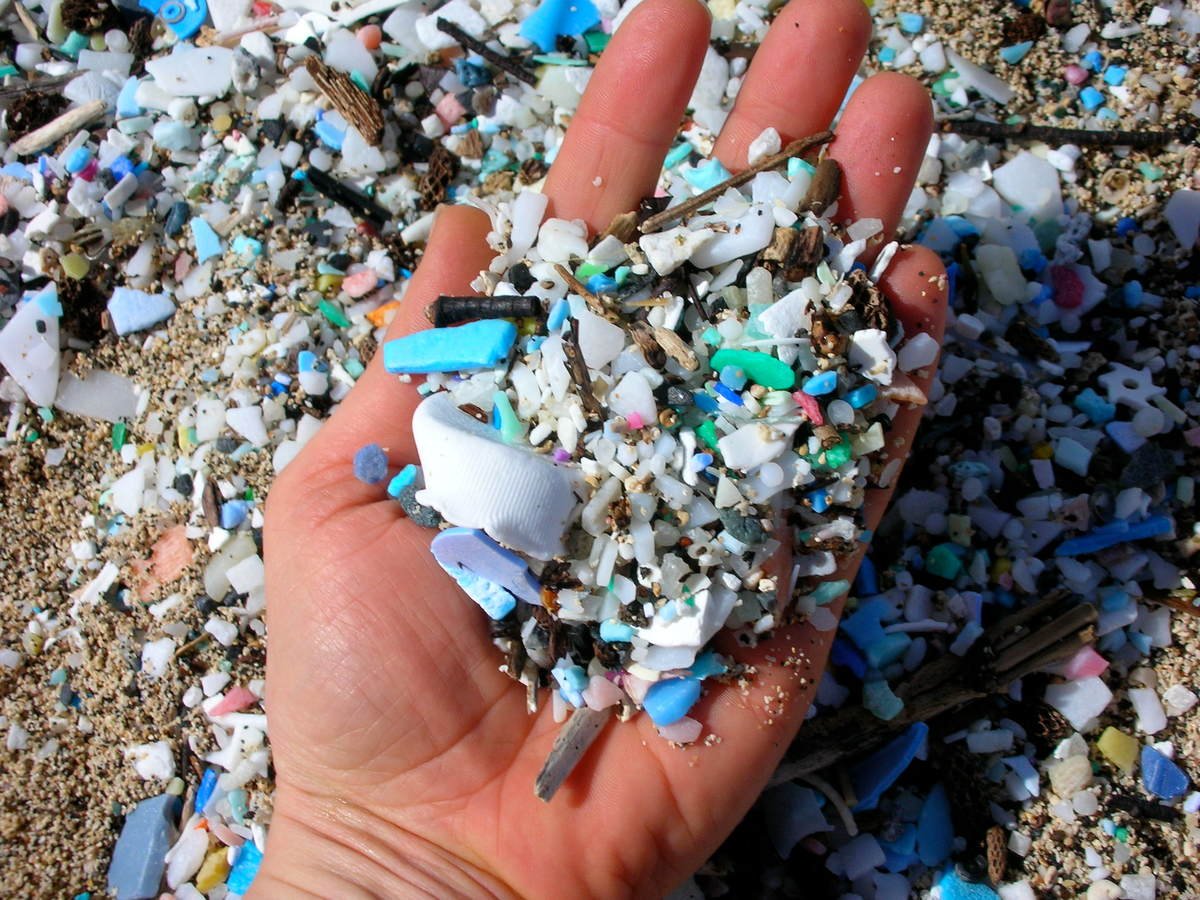A Policy Brief for ASEAN Leaders
A 2015 study named five member-countries of the Association of Southeast Asian Nations (ASEAN) among the biggest sources of plastics pollution in the world’s oceans. These are: Indonesia, Malaysia, the Philippines, Thailand, and Vietnam. ASEAN countries, due to their lengthy coastlines and high plastic usage, are some of the primary sources of marine plastics globally. Plastic production rates have seen a steady growth in recent years, especially in the countries mentioned above.
Download the briefing paper by clicking the link below:

Our coastlines are among the most impacted by plastic pollution in the world. Be part of the solutions!
TAKE ACTION


